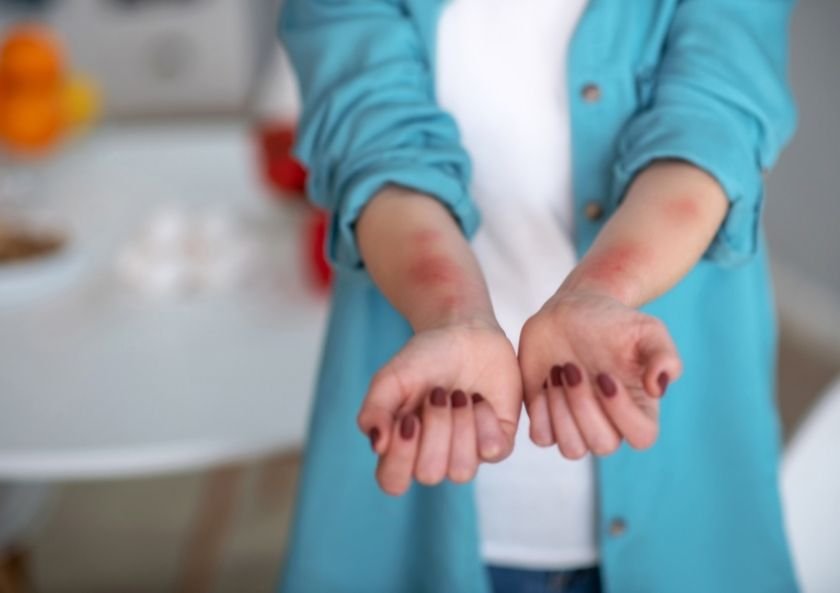Contact urticaria, whether through the immune system or not through the immune system, is more common in those who work in jobs where contact with foreign substances is intense. Especially in some occupational groups, some allergens seem to be more responsible for such reactions. In this article, we have written to you in which people and occupational groups contact urticaria is common.
In agricultural workers; cow and other animal hair or grain and fodder,
In bakers; ammonium persulfate, latex, flour, and alpha amylaza,
In dentists and workers who manufacture prosthesis; latex, acrylate, epoxy resins, toothpastes,
Those working in electrical works; to acrylate and epoxy resins,
Those working in food preparation work on most foods, for example cheese, eggs, milk, fish, shellfish, fruit, flour, wheat.
In hairdressers; latex and ammonium persulfate,
In healthcare workers; Contact urticaria may be seen against latex and foods that cross-react with latex.
Contact urticaria can also be seen after contact with cosmetic substances. Chemicals in cosmetics can cause an allergic reaction in both ways.
Sensitization to plant and animal epithelium may develop after airborne contact in veterinarians and gardeners.
Some insects, especially caterpillars (Thaumetopoea pityocampa) are known to cause urticaria after contact. Contact urticaria is seen after contact with such insects, especially in those who wander in the forest and foresters who deal with woodworking.



